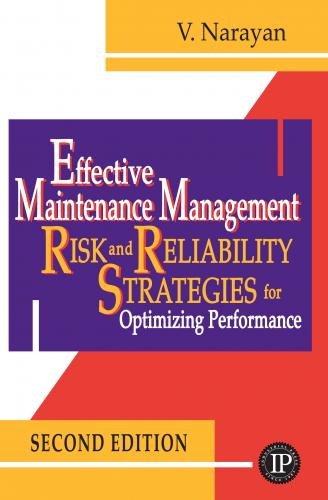Figure 3.4 Failure Patterns. Patterns A, B, and C, which are age-related, account for 11% of failures studied in the research project.
As we know, the average height of a given population does not tell us a great deal. If the average is, say, 1.7 m, we know that there will be some people who are shorter, say under 1.5 m, and some who are taller, perhaps over 2 m. If you are a manufacturer of clothes, you would need to know the spread or distribution of the heights of the population in order to design a range of sizes that are suitable.
We use the average or mean as a measure to describe a set of values. The arithmetic average is the one most commonly used, because it is easy to understand. The term average may give the impression it is an expected value. In practice, these two values may be quite different from each other.
There is a similar situation when we deal with equipment failure rates. The majority of the failures may take place in the last few weeks of operation, thereby skewing the distribution. For example, if we recorded failures of 100 tires, and their combined operational life was three million km, what can we learn from the mean value of 30,000 km of average operational life? In practice, it is likely that there were very few failures within the first 5000 km or so, and that a significant number of tires failed after 30,000 km. Hence, the actual distribution of failures is important if we are to use this information for predicting future performance. Such predictions are useful in planning resources, ordering replacement spares, and in preparing budgets.
As a refinement, we can define the spread further using the standard deviation. However, even this is inadequate to describe the distribution pattern itself, as illustrated by the following example. In Table 3.2, you can see three sets of failure records of a set of machine elements. Figures 3.5, 3.6, and 3.7 respectively illustrate the corresponding failure distributions, labeled P, Q, and R.
Note that all three distributions have nearly the same mean values and standard deviations. The failure distributions are however quite different. Most of the failures in distribution P occur after about 5 months, whereas in distribution R, there are relatively few failures after 20 months. Thus, the two distributions are skewed, one to the left and the other to the right. The distribution Q is fairly symmetrical. Knezevic2 discusses the importance of knowing the actual distribution in some detail. He concludes his paper with the following observations.
•Knowledge of the actual failure distribution can be important;
•Use of a constant failure rate is not always appropriate;
•As investment and operational expenditure get greater scrutiny,the pressure to predict performance will increase—in many cases,the use of mean values alone will reduce the accuracy of predictions;
•Understanding the distributions does not need more testing or data.
Table 3.2 Distribution of failures—elements P, Q, and R
Figure 3.5 Distribution P: Mean = 15.21; Std.Dev. = 13.79
Figure 3.6 Distribution Q: Mean = 15.21; Std.Dev. = 13.79
Figure 3.7 Distribution R: Mean = 15.21; Std.Dev. = 13.79
3.6 THE SPECIAL CASE OF THE CONSTANT HAZARD RATE
So far we have emphasized the importance of knowing the actual failure distribution. One should not assume a constant or average failure rate, unless there is evidence to believe this to be true. However, we know that in the airline industry, of the six patterns (Figures 3.3), the patterns D, E, and F account for about 89% of the failures. Patterns D and F are similar to pattern E over most of the life. If we ignore early failures, the constant hazard pattern accounts for nearly 89% of all the failures. The picture is similar in the offshore oil and gas industry.
The Broberg Study published in 1973 showed similar patterns and distributions whereas a U.S, Navy study (MSP), released in 1993, also showed similar curves but the distributions were somewhat different. These are quoted in a paper by Timothy Allen3.
In view of its dominant status, the special case of the constant hazard rate merits further discussion.
Let us examine the underlying mathematical derivations relating to constant hazard rates. In section 3.3, we defined the hazard rate as the ratio of the probability of failure at any given time to the probability of survival at that time. We can express this using the following equation.
| 3.1 |
where z(t) is the hazard rate, f(t) is the probability of failure, or the height of the pdf curve, and R(t) is the survival probability, or the area of the pdf curve to the right, at time t. The cumulative failure is the area of the curve to the left at time t. The total area under the pdf curve, that is, cumulative failures plus survivors has to be 100% or 1.
| F(t)+R(t)=1 | 3.2 |
and
| 3.3 |
or
hence
| 3.4 |
The constant hazard rate will be demoted as λ, and is given by,
| 3.5 |
Combining expressions 3.4. and 3.5 we get
or
Integrating,
| 3.6 |
Availability is a measure of the time equipment is able to perform to specified standards, in relation to the time it is in service. The item will be unable to perform when it is down for planned or unplanned maintenance, or when it has tripped. Note that it is only required that the equipment is able to operate, and not that it is actually
